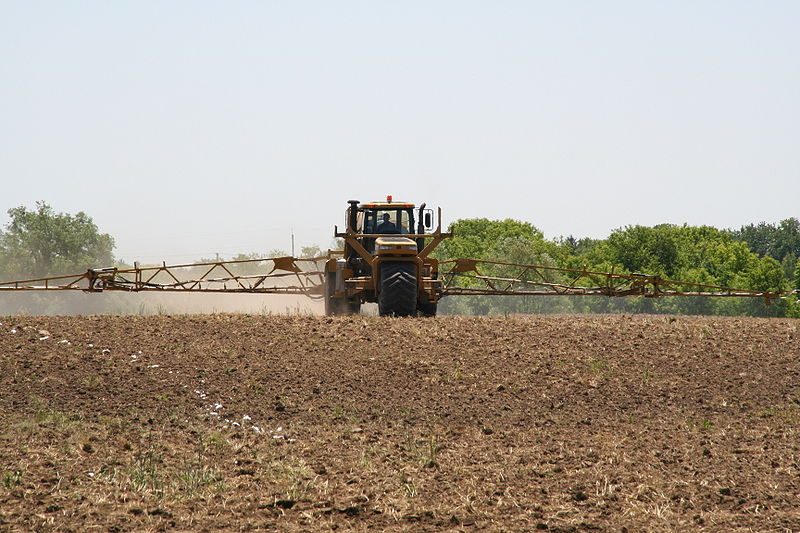Key Takeaways
- U.S. agricultural productivity growth has declined significantly, averaging negative growth over the last decade.
- A global productivity growth rate of 2% per year is now deemed necessary to meet future demands by 2050.
- Experts emphasize a need for better technology adoption and innovation support to revitalize agricultural productivity.
Declining Agricultural Productivity
Recent analysis from Virginia Tech reveals a significant slowdown in agricultural productivity growth in the U.S. and globally, raising concerns about the ability to meet rising agricultural demands sustainably. The findings come from the 2025 Global Agricultural Productivity Report, highlighting a drop in productivity growth to 0.76% annually, far below the 1.73% required to fulfill projected demand by 2050 while maintaining environmental standards.
According to experts, evolving global factors—including increased incomes, population growth, and rising non-food crop uses—are expected to elevate agricultural demand by roughly 1% each year through 2031. Tom Thomas, the report’s executive editor, warns that without intervention, the agricultural sector will drastically underperform, necessitating an increase in the productivity growth target to 2% per year.
While the U.S. was once a leader in agricultural productivity, it has experienced a significant downturn, with negative growth rates over the past decade compared to over 2% in the 1980s. This decline is attributed primarily to reduced public R&D investments and inconsistent adoption of new farming technologies. There is a pressing need for effective knowledge transfer and support systems to convert innovations into productivity enhancements.
During the report’s launch, prominent figures in agricultural input sectors discussed barriers to improving productivity. Iowa farmer Benjamin Riensche criticized the concentration of market power among a few large companies, which stifles innovation. He pointed out that a handful of firms dominate seed and fertilizer markets, creating an environment where companies prioritize immediate profit over developing new products.
Riensche also raised concerns about tariffs on fertilizer imports, which he argued protect domestic suppliers and further diminish the impetus for innovation. He emphasized the importance of fostering grassroots innovation to encourage productive advancements in farming.
Representatives from major agricultural input firms, such as John Deere and Bayer, defended their substantial investments in R&D, asserting they each spend over $2 billion annually. However, they acknowledged that numerous hurdles exist for new products to reach the market, and even established technologies often see low adoption rates among farmers. For instance, variable rate application techniques, which optimize resource use, have been utilized by less than half of farmers, despite decades in the market.
Experts also highlighted that narrower profit margins in farming could exacerbate the downturn in productivity growth. Gabriele Massimo Onorato, a senior advisor at International Farming, noted that many farmers are currently focused on cost-cutting measures for survival rather than investing in new technologies.
In summary, the agricultural sector faces a critical juncture. Strengthening public-private partnerships, enhancing technology adoption, and incentivizing innovation are crucial steps to reverse the declining trend in productivity and ensure that future global food demands can be met sustainably.
The content above is a summary. For more details, see the source article.















